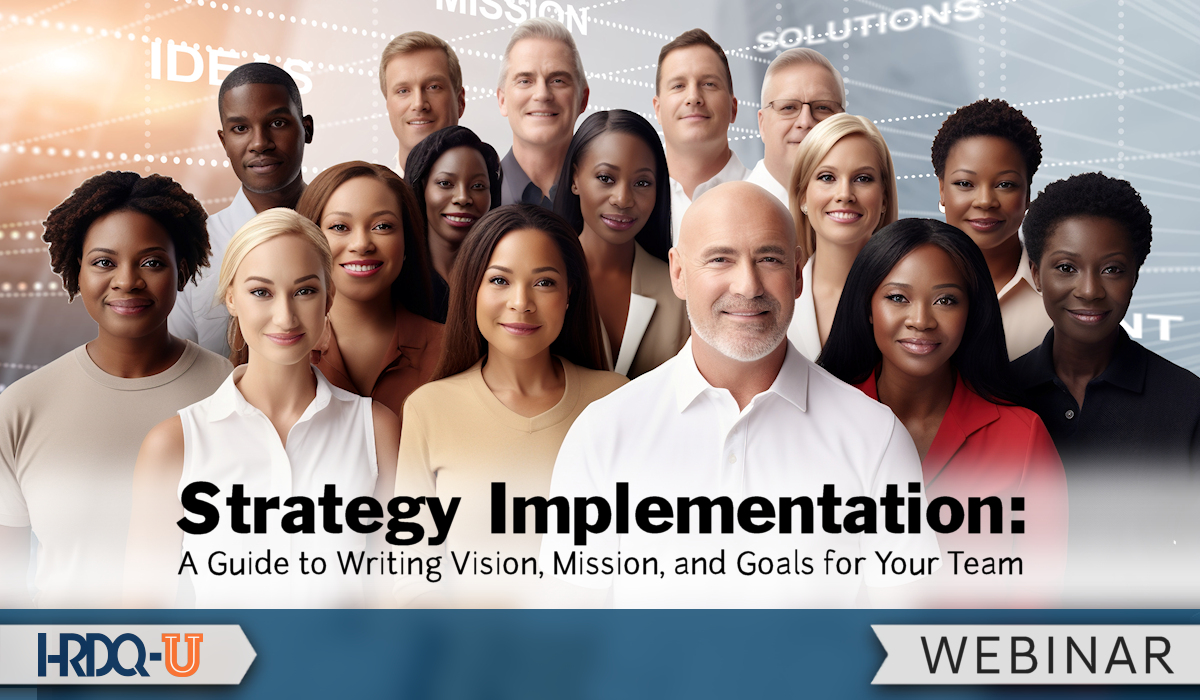There are several effective strategies for adaptability:
Scenario planning: Simulate various future scenarios to anticipate challenges and devise appropriate responses. By considering multiple potential outcomes, businesses can prepare contingency plans and pivot swiftly when necessary.
Environmental Scanning: Expand your horizon beyond the immediate market and industry trends. Incorporate regular environmental scanning to identify potential disruptors or emerging opportunities from various sectors that may impact your business. This could involve monitoring political, social, environmental, and legal landscapes to anticipate changes that could affect your strategic direction.
SWOT Analysis: Conduct regular SWOT (Strengths, Weaknesses, Opportunities, Threats) analyses to assess your organization’s internal capabilities and external environment. This helps in identifying areas where adjustments to the strategic plan may be necessary to leverage strengths, mitigate weaknesses, capitalize on opportunities, and address threats effectively.
Collaborative Decision-Making: Foster a culture of collaborative decision-making within your organization. Encourage cross-functional teams to contribute their perspectives and insights when evaluating strategic initiatives. This collective intelligence can lead to more informed decision-making and enhance the adaptability of your strategic plan by considering a diverse range of viewpoints.
Investment in Innovation: Allocate resources towards fostering innovation within your organization. Establish dedicated innovation labs or incubators to explore new ideas, technologies, and business models that align with your strategic objectives. Investing in innovation ensures that your organization remains competitive and adaptable in an ever-evolving business landscape.
Agile Project Management: Implement agile project management methodologies to execute your strategic initiatives. Break down long-term goals into smaller, manageable tasks or sprints that can be regularly reviewed and adjusted based on changing circumstances or stakeholder feedback. Agile methodologies promote flexibility and responsiveness, enabling your organization to adapt quickly to evolving market conditions.
Continuous Learning and Development: Prioritize continuous learning and development initiatives to upskill your workforce and enhance their adaptability. Provide training programs and resources that enable employees to acquire new knowledge, skills, and competencies relevant to emerging trends or technologies in your industry. A well-equipped and adaptable workforce is essential for successfully executing your strategic plan amidst uncertainty.
Customer-Centric Approach: Maintain a strong focus on understanding and anticipating customer needs and preferences. Regularly gather feedback from customers through surveys, interviews, or social listening tools to stay attuned to changing market dynamics. Incorporate customer insights into your strategic decision-making process to ensure that your offerings remain relevant and competitive in the marketplace.
Contingency Planning: Develop robust contingency plans to mitigate potential risks and disruptions to your strategic objectives. Identify critical dependencies, vulnerabilities, and worst-case scenarios that could derail your plans, and formulate strategies to minimize their impact. Having contingency plans in place provides a safety net and enables your organization to respond effectively to unforeseen challenges.
Communication plays a pivotal role in fostering adaptability. Ensure that your team is not only aware of the strategic plan but also understands the rationale behind it. Cultivate a culture that values feedback and encourages employees to share insights that may necessitate adjustments to the plan.
In conclusion, the ability to adapt is not a concession to uncertainty but a strategic imperative. By integrating adaptability into your strategic plan, you equip your organization with the resilience needed to navigate the twists and turns of a dynamic business environment, emerging stronger and more agile in the face of change.















